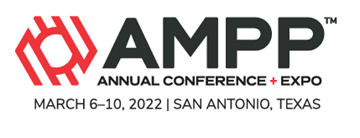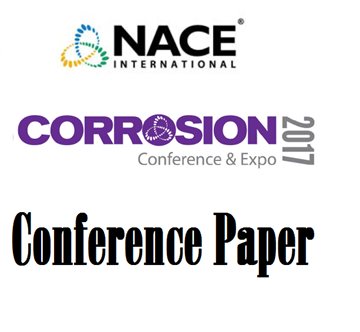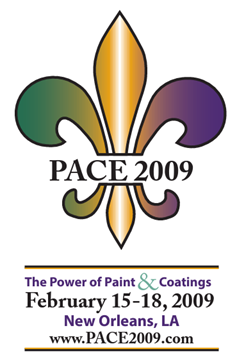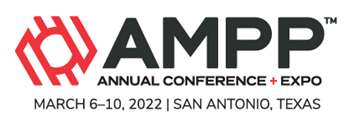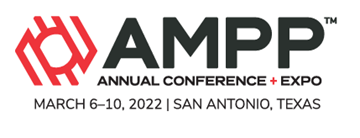Search
Individual Conference Papers
View as
Sort by
Display
per page
The Limitations Of Traditional Corrosion Detection Methods To Stainless-Steel Reinforced Concrete
Product Number:
51321-16873-SG
Publication Date:
2021
$20.00
The Limiting Section Thickness for Duplex Stainless Steels
Product Number:
51314-3651-SG
ISBN:
3651 2014 CP
Publication Date:
2014
$0.00
The Long Term Effects Of Surface Preparation: Evaluating ISO 12944 In Offshore Coating Application With Waterjetting And Cleaning Additive
Product Number:
51322-18021-SG
Publication Date:
2022
$20.00
The Manufacturer’s Standard Coating System - What it can Mean to the Stake-Holders in the Equipment Purchasing Process
Product Number:
41216-981-SG
Publication Date:
2016
$20.00
The Mechanical Behavior of Hydrogen Charged Beryllium Copper
Product Number:
51386-86171-SG
Publication Date:
1986
$20.00
The Microbial Processes Affecting the Integrity of Copper Canister in Geological Repository of Nuclear Waste
Product Number:
51319-13019-SG
Publication Date:
2019
$20.00
The Microstructure Effect on Fracture Toughness of Ferritic Ni-alloyed Steels for CO2 Reinjection
Product Number:
51317--9204-SG
ISBN:
9204 2017 CP
Publication Date:
2017
$20.00
The Most Recent Test Results of One-Coat Systems Applicable to Steel Bridge Structures
Product Number:
41209-492-SG
Publication Date:
2009
$20.00
The Myths about Mold: What Every Painting Contractor, and Customer, Should Know About Combating This Problem
Product Number:
41207-373-SG
Publication Date:
2007
$20.00
The Need For Independent 3Rd Party Coatings Inspectors On All Industrial Coatings Projects
Product Number:
51322-18101-SG
Publication Date:
2022
$20.00
The NEPCOAT Story- Bridge Paint Selection In The North East
Product Number:
51322-17834-SG
Publication Date:
2022
$20.00



